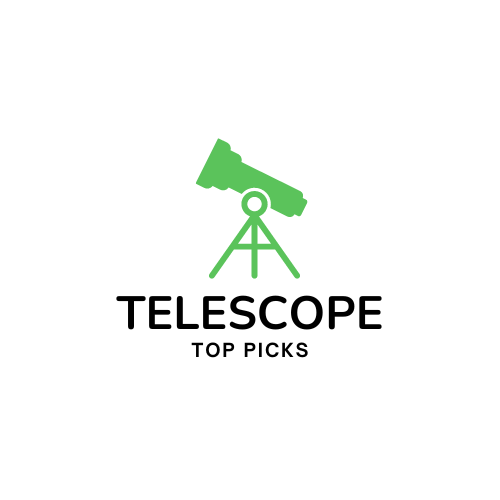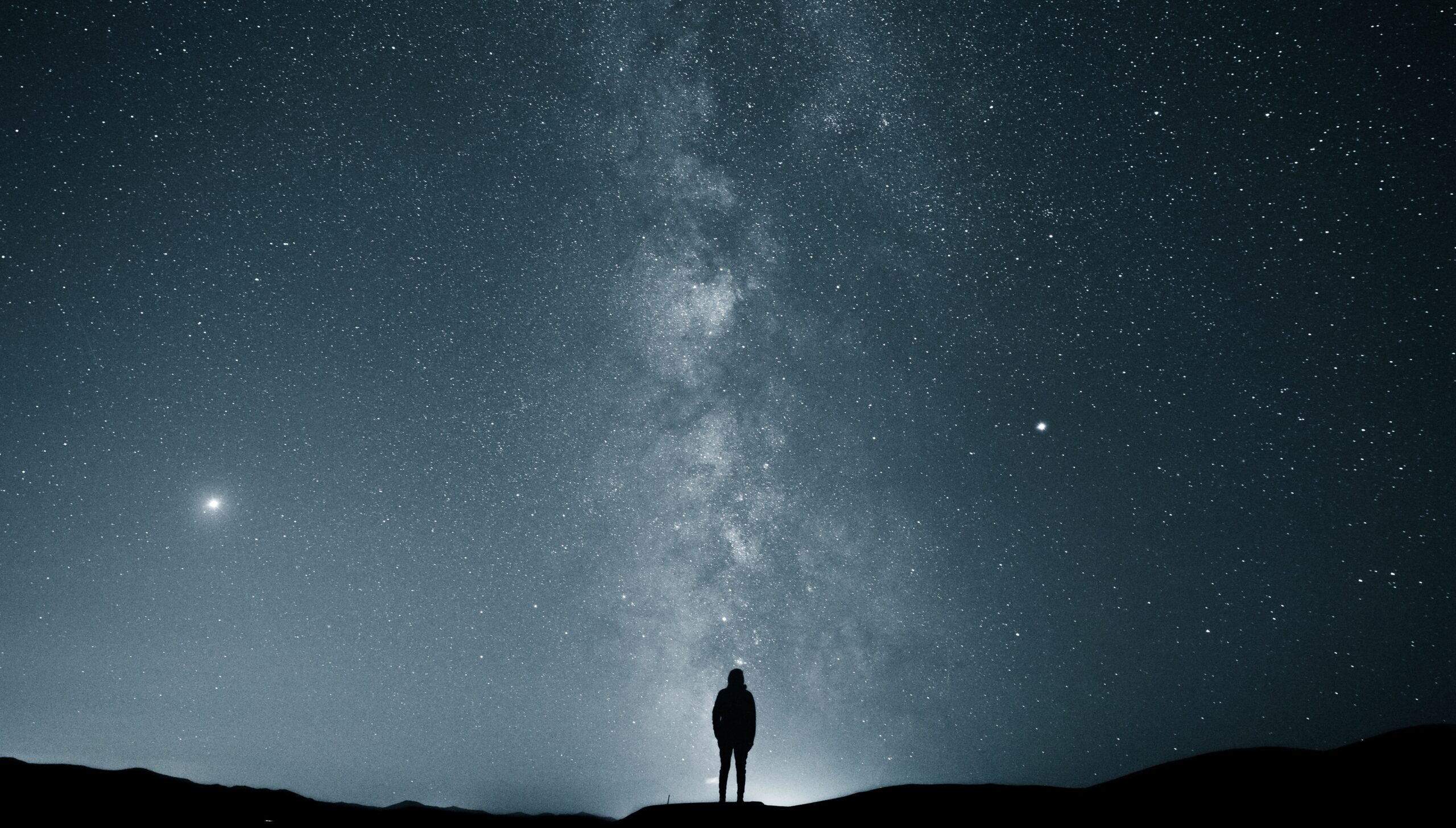
Are you a budding astronomer eager to capture stunning images of celestial objects and share them with the world? Then you might be wondering, can I use my telescope for astrophotography? In this article, we will explore the compatibility of telescopes with astrophotography and provide you with the information you need to unleash your creativity and document the wonders of the night sky. So, grab your telescope and let’s embark on an astronomical journey together!
Choosing the Right Telescope
When it comes to astrophotography, selecting the right telescope is crucial. There are several factors to consider before making your purchase. One of the most important considerations is the type of astrophotography you want to engage in. Different types of telescopes excel at capturing different celestial phenomena. Whether you are interested in photographing stars and constellations, nebulae and galaxies, or the moon and planets, choosing the right telescope will greatly influence the quality of your astrophotographs.
Considerations for Astrophotography
Before diving into the different types of telescopes suitable for astrophotography, it’s important to understand the key aspects to look for. Firstly, aperture plays a major role in determining the light gathering capabilities of a telescope. A larger aperture allows more light to enter the telescope, resulting in brighter and more detailed images. However, larger apertures also tend to increase the size and weight of the telescope, making it less portable.
Another important factor to consider is the focal length of the telescope. A longer focal length provides more magnification, allowing you to capture finer details of celestial objects. On the other hand, a shorter focal length is more suitable for capturing wider-field images, such as star clusters or the Milky Way.
Lastly, the mount type is crucial in astrophotography. There are two main types: alt-azimuth and equatorial mounts. An alt-azimuth mount moves the telescope in horizontal and vertical axes, while an equatorial mount allows tracking of celestial objects as the Earth rotates, thanks to its polar alignment. For astrophotography, an equatorial mount is highly recommended as it allows for longer exposure times and better tracking.
Types of Telescopes for Astrophotography
Now that you understand the considerations, let’s explore the different types of telescopes commonly used for astrophotography.
-
Refractor Telescopes: Refractor telescopes use lenses to gather and focus light. They are known for their crisp and sharp images, making them ideal for photographing the moon and planets. Refractors are compact and typically have a long focal length, providing high magnification. However, they can be more expensive compared to other telescope types, especially for larger apertures.
-
Reflecting Telescopes: Reflecting telescopes, also known as reflectors, utilize mirrors to collect and focus light. They offer a wide range of aperture sizes and are cost-effective, making them a popular choice for astrophotographers. Reflectors are excellent for capturing deep-sky objects such as galaxies and nebulae due to their wider field of view and light-gathering capabilities.
-
Catadioptric Telescopes: Catadioptric telescopes combine the best of both refractor and reflector telescopes. They employ a combination of lenses and mirrors to gather and focus light. These telescopes provide a good balance between portability, versatility, and optical performance. Catadioptrics are an excellent choice for astrophotographers looking for a versatile telescope that can capture various celestial objects.
Remember, there isn’t a single “perfect” telescope for all types of astrophotography. Depending on your interests and budget, you may want to consider the pros and cons of each type before making your decision.
Understanding the Basics of Astrophotography
Once you have selected the right telescope, it’s essential to understand the basics of astrophotography. Familiarizing yourself with camera attachments, exposure settings, and image processing techniques will significantly improve the quality of your astrophotographs.
Camera Attachments
To capture stunning astrophotographs, you will need to attach your camera to the telescope. The method of attachment depends on the type of telescope you have. Refractor and catadioptric telescopes typically have a tube at the back where you can insert your camera using a T-adapter. Reflecting telescopes, on the other hand, require a camera adapter that attaches to the eyepiece holder.
Once your camera is attached, it’s crucial to use a remote shutter release or a self-timer to minimize vibrations. Even the slightest shake can result in blurry images, so be sure to use a stable setup and avoid touching the telescope or camera during the exposure.
Exposure and Shutter Speeds
When it comes to astrophotography, longer exposure times are often necessary to capture enough light from celestial objects. The general rule of thumb is to use the “500 Rule” to calculate the maximum shutter speed without introducing star trails. Divide 500 by the focal length of your telescope (in millimeters) to determine the maximum shutter speed in seconds.
For example, if you have a telescope with a focal length of 1000mm, the maximum exposure time without star trails would be 500 divided by 1000, which equals 0.5 seconds. However, keep in mind that this rule is a guideline, and different factors like the Earth’s rotation speed and the type of object being photographed can affect the ideal exposure time.
Image Stacking and Processing
To bring out the best details in your astrophotographs, image stacking and processing techniques are essential. Image stacking involves taking multiple exposures of the same object and combining them to reduce noise and enhance overall image quality. Software like DeepSkyStacker or Sequator can help automate this process.
After stacking, post-processing techniques can be applied to enhance the image further. Adjusting levels and curves allows you to improve the contrast and tones, while removing noise using software like Adobe Photoshop or Lightroom can significantly enhance the overall quality. However, it’s essential to strike a balance between enhancing details and maintaining a natural-looking image.
Understanding and practicing these basic techniques will set you on the path to capturing breathtaking astrophotographs with your chosen telescope.
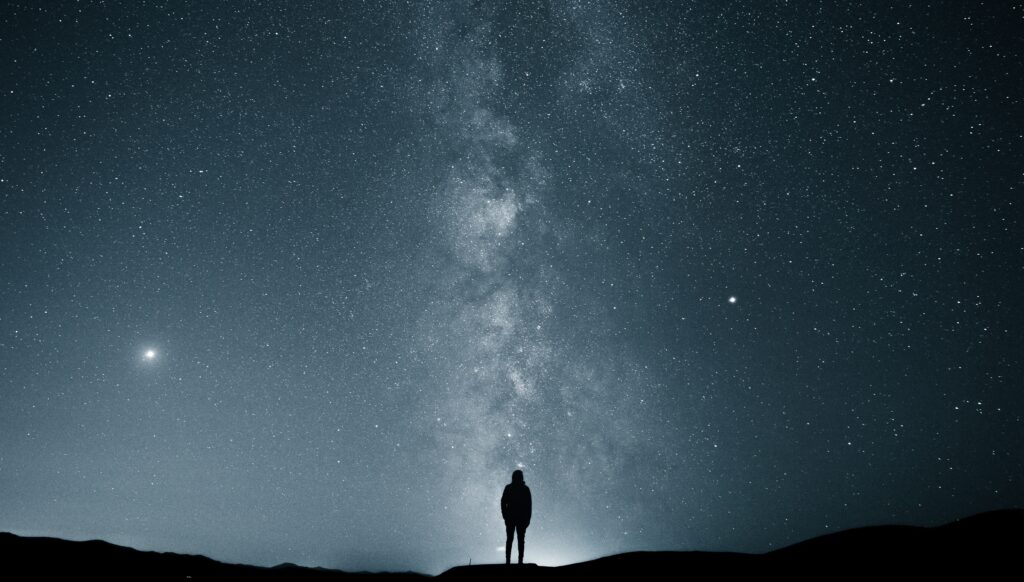
Optimizing Your Telescope for Astrophotography
To achieve the best results in astrophotography, it’s crucial to optimize your telescope for the specific requirements of this type of photography. Focusing, collimation, the use of filters, and tracking systems all play significant roles in achieving sharper and more detailed images.
Focusing and Collimation
Having a precise focus is crucial in astrophotography to capture the fine details of celestial objects. Most telescopes offer a focus knob or a rack-and-pinion system to achieve focus. However, it can be challenging to accurately focus in the dark, especially with dim objects. Using a Bahtinov mask or a digital focusing aid can greatly simplify the process by creating diffraction spikes around the brightest stars, indicating the optimal focus point.
Collimation, on the other hand, refers to aligning the various optical components of the telescope to ensure the best image quality. Reflecting telescopes, in particular, may require occasional collimation adjustments, especially if they have been transported or bumped. There are various collimation tools available, such as a Cheshire eyepiece or a laser collimator, to help with the alignment process.
Using Filters
Filters are valuable accessories in astrophotography that can help enhance the visibility of certain features or reduce unwanted light pollution. For example, nebula filters, such as a hydrogen-alpha (Ha) filter, can isolate the specific wavelengths emitted by nebulae, enhancing their visibility and contrast. Similarly, light pollution filters can help mitigate the effects of artificial light, allowing for better imaging of deep-sky objects even under urban or heavily lit skies.
Before investing in filters, it’s important to research and understand their specific applications and compatibility with your telescope and camera setup. It’s also worth noting that depending on the type of astrophotography you are interested in, certain filters may be more beneficial than others.
Tracking and Guiding Systems
For longer exposure times in astrophotography, accurate tracking is crucial. As the Earth rotates, any stationary object in the night sky will appear to move across your field of view. A tracking system compensates for this movement, allowing for longer exposures without the appearance of star trails.
Equatorial mounts, especially those with a motorized tracking system, are highly recommended for astrophotography. These mounts align with the Earth’s rotation axis, allowing you to track celestial objects as they move across the sky. Autoguiding systems can also be employed, where a separate guide scope or a dedicated camera monitors and adjusts the tracking to ensure pinpoint accuracy.
Optimizing your telescope for astrophotography ensures that you are getting the most out of your equipment and maximizing the quality of your images.
Capturing Deep-Sky Objects
One of the most exciting aspects of astrophotography is capturing deep-sky objects – those beyond our own solar system. Whether you are interested in photographing stars and constellations, nebulae and galaxies, or even the moon and planets, there are techniques and considerations to keep in mind for each category.
Photographing Stars and Constellations
To photograph stars and constellations, it’s important to select a wide-field imaging setup. A refractor or a wide-field reflector telescope with a shorter focal length can capture a larger portion of the night sky, allowing you to include more stars and constellations in your composition. Additionally, using a wide-angle lens on a DSLR camera can also yield stunning results.
When it comes to capturing stars and constellations, longer exposures are usually desirable to bring out the faint details and colors of the stars. Experimentation with shutter speeds, ISO settings, and different exposure lengths can help achieve the desired effect. Additionally, utilizing a star tracker or equatorial mount will help in maintaining sharp images without star trailing during longer exposures.
Imaging Nebulae and Galaxies
Nebulae and galaxies are some of the most captivating celestial objects to photograph. To capture the intricate details of these faint objects, a telescope with a larger aperture is recommended. Reflecting telescopes excel in this area due to their light-gathering capabilities and wider field of view.
Shooting nebulae and galaxies often involves longer exposure times to collect enough light for a detailed image. Employing narrowband filters, such as hydrogen-alpha (Ha) filters, can help isolate the specific wavelengths emitted by these cosmic phenomena, allowing for enhanced visibility and contrast.
Additionally, image stacking techniques mentioned earlier become even more valuable when capturing deep-sky objects. By taking multiple exposures and stacking them, you can reduce noise and extract more details from the faint structures of nebulae and galaxies.
Shooting the Moon and Planets
Photographing the moon and planets requires a different approach compared to deep-sky astrophotography. To capture these objects, a telescope with a longer focal length and higher magnification is necessary. Refractors or catadioptric telescopes with higher focal lengths are often preferred for this purpose.
When shooting the moon and planets, shorter exposure times are recommended to avoid overexposure and loss of details. Due to their brightness, using lower ISO settings and faster shutter speeds can help capture the intricate features and surface details.
For planets, stacking multiple images can also be beneficial, as it helps to reduce atmospheric disturbances and enhance sharpness. Planetary imaging often requires specific software and techniques, such as recording video footage and extracting the best frames using software like Registax or AutoStakkert.
Whether you are capturing stars, nebulae and galaxies, or the moon and planets, experimenting with different techniques and settings will allow you to discover your own unique approach to capturing these awe-inspiring objects.
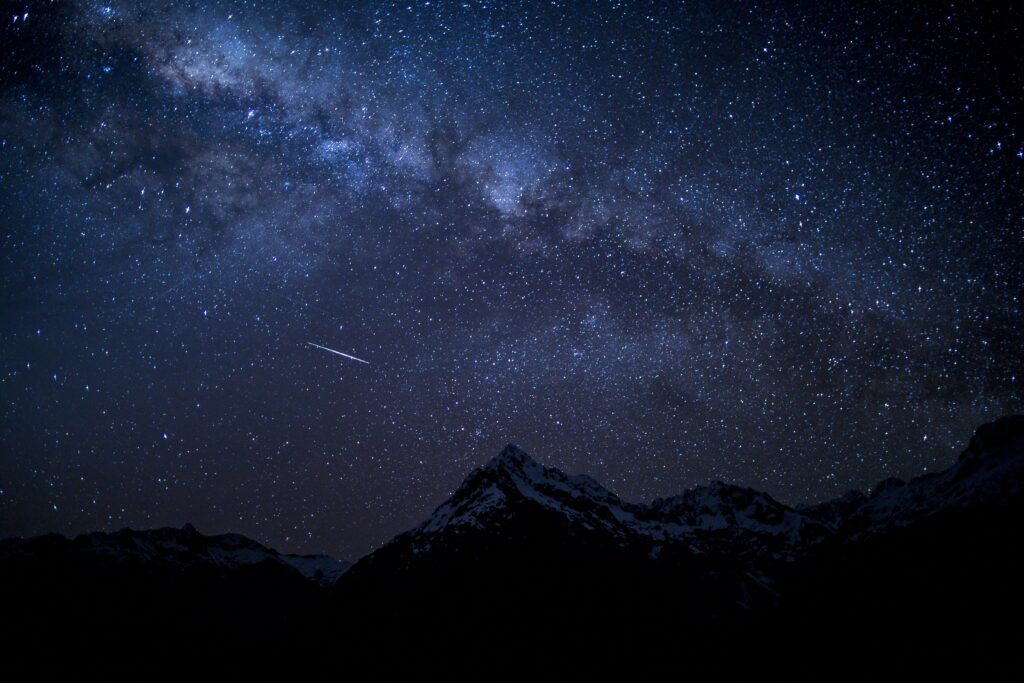
Dealing with Light Pollution
Light pollution is a challenge that many astrophotographers face, especially those located in or near urban areas. It can significantly impact the quality of your astrophotographs by reducing contrast and introducing unwanted artificial light.
Location and Timing
One way to mitigate the effects of light pollution is by carefully selecting your shooting location. Aim for areas with minimal light pollution, such as remote countryside locations or designated dark sky sites. Light pollution maps and smartphone apps like Dark Sky Finder or Clear Outside can help identify suitable locations with lower levels of artificial light.
Timing is another crucial factor. Shooting during moonless nights, when the sky is darkest, can help minimize the impact of both natural and artificial light sources. Planning your astrophotography sessions around the lunar cycle and moonrise and moonset times can significantly enhance the quality of your images.
Using Light Pollution Filters
Light pollution filters are specifically designed to block or suppress certain wavelengths of light associated with common sources of artificial light. These filters can help improve the contrast and detail in your astrophotographs by reducing the impact of light pollution.
Various types of light pollution filters are available, such as broadband filters or narrowband filters. Broadband filters cut out a broad range of wavelengths, while narrowband filters, such as the popular “CLS” filter, target specific wavelengths associated with common types of artificial light.
Before investing in a light pollution filter, it’s essential to research and understand the specific benefits and limitations of each type, as well as their compatibility with your telescope and camera setup. Experimentation with different filters may be necessary to find the one that best suits your needs.
Dealing with light pollution can be challenging, but with careful planning, location selection, and the use of appropriate filters, you can still capture stunning astrophotographs from areas affected by artificial light.
Tips and Techniques for Better Astrophotography
Now that you have a grasp of the fundamentals, here are some additional tips and techniques to enhance your astrophotography skills.
Mastering Manual Mode
While many cameras offer automatic or semi-automatic shooting modes, learning to shoot in manual mode gives you full control over the exposure settings. Manual mode allows you to fine-tune the shutter speed, aperture, and ISO settings to achieve the desired effect. It may take some practice, but mastering manual mode will give you greater flexibility and creative control in capturing astrophotographs.
Using Remote Shutter Release
A remote shutter release is an invaluable tool in astrophotography. It allows you to trigger the camera’s shutter without physically touching the camera, minimizing the chances of introducing vibrations that can result in blurry images. There are various types of remote shutter releases available, from simple cable releases to wireless options. Experiment with different options to find the one that best suits your shooting style and setup.
Experimenting with Different Settings
Astrophotography is a creative endeavor that encourages experimentation. Don’t be afraid to try different combinations of settings, exposure lengths, and ISO levels to achieve unique and visually stunning results. Every celestial object and astrophotography session is different, so embracing the spirit of experimentation will help you develop your skills and artistic vision.
Remember to take notes and record the settings you used for each image, as this will provide valuable insights and allow you to reproduce successful shots in the future.
By implementing these tips and techniques into your astrophotography workflow, you will continue to improve your skills and capture increasingly impressive and captivating images of the night sky.
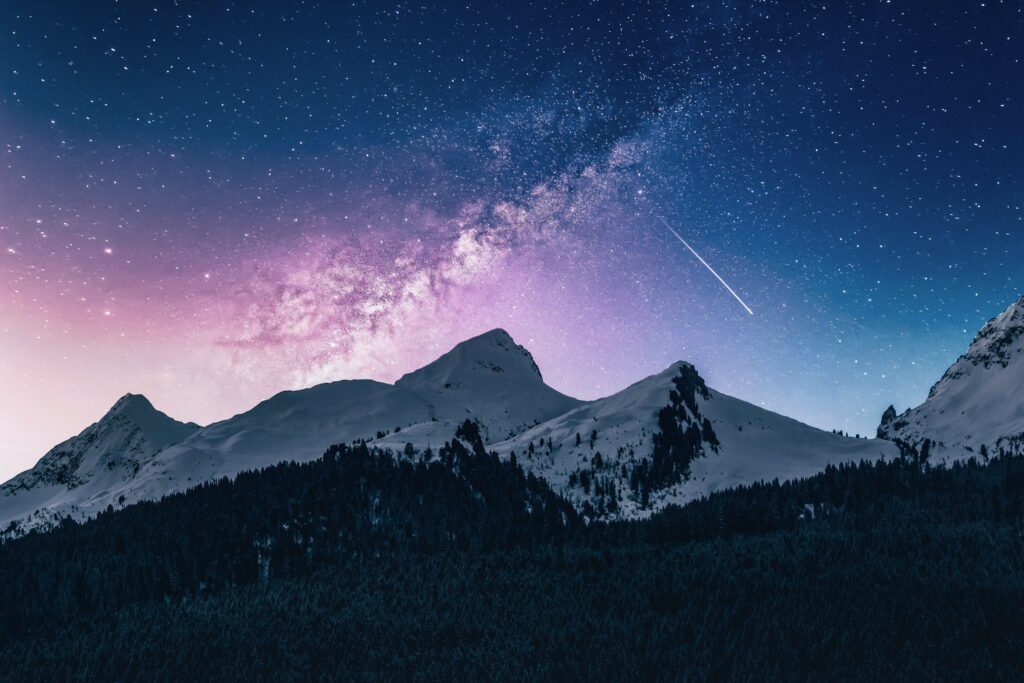
Post-processing and Editing
Astrophotography doesn’t end after your images are captured. Post-processing and editing are essential steps in maximizing the potential and quality of your astrophotographs.
Software and Tools
There are several software tools specifically designed for astrophotography post-processing. Popular choices include Adobe Photoshop, PixInsight, DeepSkyStacker, and Lightroom. Each software has its own strengths and capabilities, so it’s worth exploring different options to see which one aligns with your editing needs and preferences.
Adjusting Levels and Curves
One of the most important steps in astrophotography post-processing is adjusting levels and curves. By manipulating the brightness and contrast of your images, you can bring out hidden details and enhance the overall visual impact. Careful adjustments to the black point, white point, and mid-tones using tools like Levels or Curves in your chosen software will significantly improve the quality and impact of your astrophotographs.
Removing Noise and Enhancing Details
Astrophotography often involves long exposures, which can introduce noise into your images. Noise reduction techniques, such as applying a noise reduction filter or stacking multiple frames, can help minimize the impact of noise while preserving details. Experiment with different noise reduction methods in your chosen software to find the balance between noise reduction and preserving the fine details of your astrophotographs.
Enhancing fine details, such as stars or nebulae, can be achieved using sharpening tools in post-processing software. However, it’s crucial to apply these adjustments selectively, targeting specific areas rather than applying them globally to avoid introducing artifacts or unnatural-looking results.
Post-processing is an artistic and subjective process, so feel free to experiment with different techniques and settings to create the visual impact you desire. Remember, the goal is to enhance the natural beauty of the night sky captured through your chosen telescope and camera setup.
Common Challenges and Solutions
Even with the right equipment and knowledge, astrophotography can present several challenges. Here are a few common issues you might encounter and some solutions to overcome them.
Dealing with Vibration and Wind
Vibration caused by wind or accidental disturbances can greatly impact the sharpness and overall quality of your images. To minimize vibrations, ensure your telescope is securely mounted and stable. Using a sturdy tripod or equatorial mount, as well as employing a remote shutter release or self-timer, can significantly reduce the chances of introducing vibrations. Shooting on calmer nights or using wind-blocking barriers can also help minimize the impact of wind.
Avoiding Dew and Condensation
Dew and condensation are common issues during astrophotography sessions, especially in humid or cold environments. When the temperature drops, moisture can condense on the telescope’s optics or camera lens, resulting in blurry or obstructed images.
To avoid dew and condensation buildup, using a dew shield or heater bands can help maintain optimal temperatures on your optics. Anti-dew solutions, such as dew shields, dew heaters, or even a simple hairdryer set to a low, warm setting can be used to remove any moisture buildup. Additionally, storing equipment in a sealed container or using airtight cases when not in use can help prevent condensation.
By being aware of these common challenges and implementing the suggested solutions, you can overcome potential hurdles and achieve better results in your astrophotography endeavors.
Safety Precautions for Astrophotography
While astrophotography is a fascinating hobby, it’s essential to prioritize safety to protect both yourself and your equipment.
Protecting Your Eyes
Looking directly at the sun or other bright light sources without proper eye protection can cause severe and irreversible damage to your eyes. When setting up your telescope or observing the night sky, always remember to avoid looking directly at the sun or using solar filters specifically designed for solar observation.
Protecting Your Equipment
Astrophotography equipment can be delicate and often expensive, so it’s important to take precautions to protect your gear. When transporting your telescope and accessories, use protective cases or padded bags to prevent damage. Additionally, avoid exposing your equipment to extreme temperatures or harsh weather conditions, as this can cause permanent damage.
Cleaning your telescope optics requires special care. Use a blower brush or compressed air to remove loose dust particles before using a high-quality lens cleaning solution and microfiber cloths specifically designed for optics. Never use rough or abrasive materials that can scratch the delicate lens coatings.
By following these safety precautions, you can enjoy astrophotography to its fullest while safeguarding yourself and your valuable equipment.
Conclusion
Astrophotography is an incredible journey into the depths of the universe, allowing you to capture stunning images of celestial objects. By selecting the right telescope, understanding the basic principles of astrophotography, optimizing your equipment, and applying post-processing techniques, you can create breathtaking images that showcase the beauty and wonders of the night sky.
Remember to experiment, be patient, and enjoy the process. With time, practice, and a little bit of stargazing, you’ll continuously improve your skills and capture images that inspire awe and wonder in others.
So, go ahead, choose your telescope, venture into the night, and capture the magic of the cosmos through your lens!
